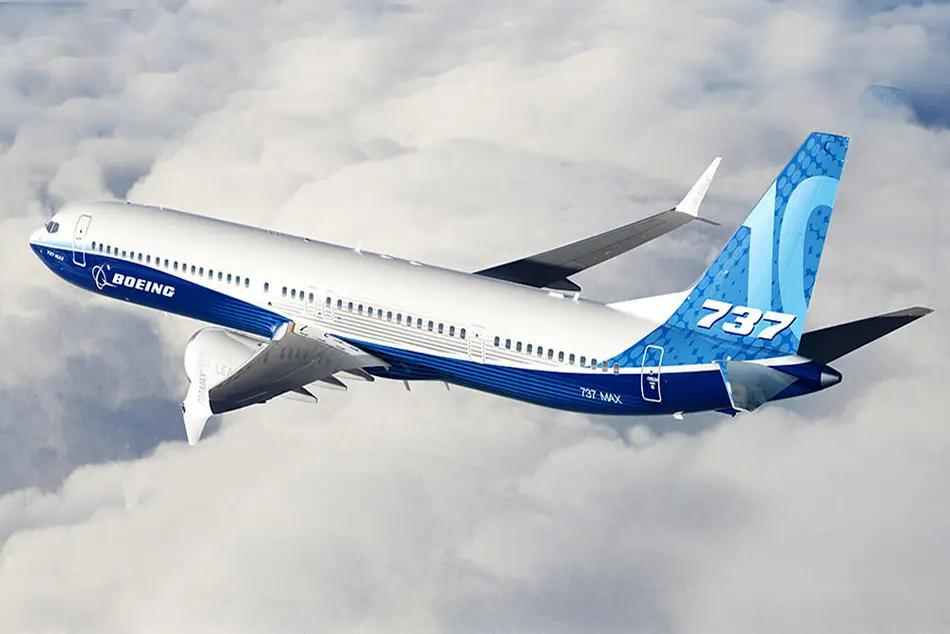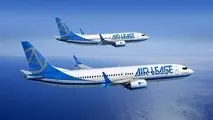Commercial Aero Aftermarket Set For Steady Growth
The commercial aerospace aftermarket is continuing to grow steadily into the fourth quarter, buoyed by Airbus and Boeing’s production woes, resilient air travel demand, and investor appetite for prime MRO assets.

The commercial aerospace aftermarket is continuing to grow steadily into the fourth quarter, buoyed by Airbus and Boeing’s production woes, resilient air travel demand, and investor appetite for prime MRO assets.
MRO firms are among the largest beneficiaries of Airbus and Boeing’s production challenges as fewer new planes have resulted in the increased flying of older jets that require more shop visits. In Boeing’s case, the IAM strike is directly reducing its output of new aircraft. By Aviation Week’s estimates, “for every 1 3/4 to 2 days the strike goes on, there is one less delivery per year,” which totals about 15 fewer planes so far in 2024, said Daniel Williams, director of fleet data services at Aviation Week. Most of those affected would have been 737 MAX jets, he added.
A new forecast by Aviation Week Network shows that MRO demand is expected to grow 3.2% on a compound annual basis from 2025-2034. Among MRO industry segments, engines are a focus. Aviation Week expects that there will be 150,000 engine shop visits worth $685.8 billion over that period.
A new RBC Capital Markets MRO survey also notes the favorable business environment for engines and companies with high engine exposure, including FTAI, GE Aero, Safran and AAR. “With incremental concerns about the delivery of new Leap engines, expectations for the commercial engine aftermarket remain strong,” the report said.
In terms of regions, MRO demand is expected to be strongest in Asia-Pacific and China, which together account for 29% of the market in Aviation Week’s forecast. That compares to 24% for Europe, 22% for North America and single digits for other regions of the world.
Among countries, India is expected to grow the fastest at a 10.8% compound annual rate from 2025-2034. “We have seen India place orders for vast numbers of aircraft over the past two years,” Williams said. As a result of that, India will see speedy MRO growth as it is starting from a lower base than more mature markets, he added.
At the same time, investor interest in the aftermarket is high. The stocks of several leading MRO firms have been performing well. Heico’s share price is up more than 45% year-to-date, while TransDigm’s has risen 38%. These two companies are among the most active in M&A deals as well.
With regards to M&A, a major MRO-related deal was announced earlier this week: private-equity firm Apollo plans to take engineered parts provider Barnes Aerospace private for $3.6 billion. The deal comes seven months after Barnes settled with an activist hedge fund and agreed to change its board of directors and 15 months after it bought aerospace engine components specialist MB Aerospace for $740 million.
Apollo sees opportunities to further grow Barnes’ burgeoning aerospace business, which has significant MRO exposure. Antoine Munfakh, a partner at Apollo, said that Barnes’ businesses “are positioned to benefit from long-term aerospace demand trends, as well as the need for high performance components and solutions for a range of end-markets.”



